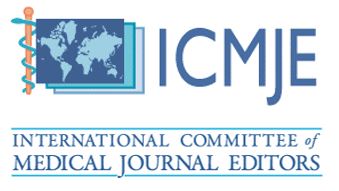Development of parallel scales to measure HIV related stigma in Sabah
DOI:
https://doi.org/10.51200/bjms.v10i1.564Keywords:
HIV-related stigma, parallel scales, University students, rural community.Abstract
In this study parallel scales were constructed to use to measure the levels of HIV-related stigma towards people living with HIV (PLHIV) in populations with different backgrounds in Sabah. The study also explored the components of stigma within the population. We found that there were three principle components of HIV related stigma: “Interpersonal distancing,†“Shame and blame,†and “Positive opinions about PLHIVâ€. The scales constructed showed adequate internal consistency (Cronbach’s Alpha of 0.69 to 0.85) in all samples. The medical students and people with more knowledge about HIV had significantly lower levels of all three factors of personal stigma. Regarding HIV-related knowledge, the non-medical university students and the rural community group were found to have poor knowledge of HIV transmission and prevention. This scale can be used by researchers or public health officials who wish to study HIV related stigma or to evaluate the impact of stigma interventions in the local context.
Downloads
Published
How to Cite
Issue
Section
License
The copyright of the article belongs to the authors, who retain ownership of their work published in the journal. Their work is distributed under the CC BY-NC 4.0 license








1.png)




